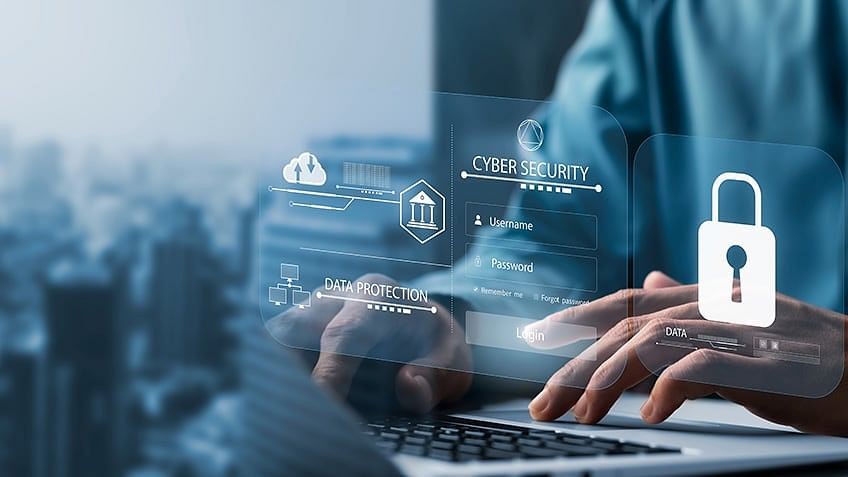Welcome to “Cybersecurity Chronicles,” where we delve into the critical realm of safeguarding our digital landscape from evolving threats and vulnerabilities. In an increasingly interconnected world, cybersecurity is not just a concern but a necessity to protect individuals, businesses, and nations from malicious actors seeking to exploit vulnerabilities. Join us as we explore the challenges, strategies, and innovations shaping cybersecurity efforts today.
The Importance of Cybersecurity
Cybersecurity encompasses practices, technologies, and measures designed to protect digital systems, networks, and data from unauthorized access, cyberattacks, and data breaches. As our reliance on digital technologies grows, so does the importance of robust cybersecurity practices to safeguard sensitive information and maintain trust in online interactions.
Understanding Cyber Threats
Cyber threats continue to evolve in sophistication and scale, posing risks to individuals, organizations, and governments:
- Malware: Malicious software designed to disrupt operations, steal data, or gain unauthorized access.
- Phishing: Social engineering tactics to trick individuals into divulging sensitive information or downloading malicious attachments.
- Ransomware: Malware that encrypts files and demands ransom payments for decryption, threatening data integrity and business continuity.
- Distributed Denial-of-Service (DDoS) Attacks: Overwhelming systems or networks with traffic to disrupt service availability.
Strategies for Effective Cybersecurity
Protecting against cyber threats requires a multi-layered approach and proactive measures to mitigate risks:
1. Risk Assessment and Management:
- Identify and prioritize cybersecurity risks based on potential impact and likelihood of occurrence.
- Implement risk mitigation strategies and contingency plans to minimize vulnerabilities.
2. Secure Network Infrastructure:
- Implement firewalls, intrusion detection systems (IDS), and secure configurations to protect networks from unauthorized access and malware.
- Ensure regular updates and patches to address vulnerabilities in software and hardware.
3. Strong Authentication and Access Controls:
- Implement multi-factor authentication (MFA) to verify user identities and protect against unauthorized access.
- Use role-based access controls (RBAC) to limit privileges based on job responsibilities and least privilege principles.
4. Employee Training and Awareness:
- Educate employees on cybersecurity best practices, phishing awareness, and social engineering tactics.
- Foster a culture of cybersecurity awareness and vigilance across all levels of the organization.
5. Incident Response and Recovery:
- Develop and test incident response plans to quickly detect, respond to, and recover from cyber incidents.
- Establish communication protocols and collaborate with cybersecurity experts and law enforcement when necessary.
Innovations in Cybersecurity
Advancements in technology are shaping the future of cybersecurity, enhancing defense capabilities and resilience against cyber threats:
- Artificial Intelligence and Machine Learning: AI-powered algorithms analyze vast amounts of data to detect anomalies, predict threats, and automate response actions.
- Blockchain Technology: Decentralized and immutable ledgers enhance security, transparency, and integrity in transactions and data management.
- Zero Trust Architecture: A security model that verifies every request as though it originates from an open network, improving access control and reducing attack surfaces.
Collaboration and Global Efforts
Addressing cybersecurity challenges requires collaboration among governments, private sector organizations, cybersecurity professionals, and academia:
- Public-Private Partnerships: Foster information sharing, joint threat intelligence, and coordinated response efforts to combat cyber threats globally.
- International Cooperation: Establish norms, standards, and treaties to promote cybersecurity best practices and mitigate cyber warfare risks.
The Future of Cybersecurity
As cyber threats evolve and digital transformation accelerates, the future of cybersecurity demands continuous innovation, adaptation, and vigilance. By investing in cybersecurity resilience, organizations can safeguard data integrity, protect digital assets, and preserve trust in digital interactions.
Conclusion
“Cybersecurity Chronicles: Protecting the Digital World” underscores the critical importance of cybersecurity in safeguarding our interconnected digital ecosystem. From defending against sophisticated cyber threats to embracing innovative technologies and fostering global collaboration, the journey to cybersecurity resilience requires collective effort, diligence, and strategic investments.
As we navigate the dynamic landscape of cybersecurity, let’s remain vigilant, proactive, and committed to protecting individuals, businesses, and communities from emerging cyber threats. Together, we can build a safer and more secure digital future for generations to come.


